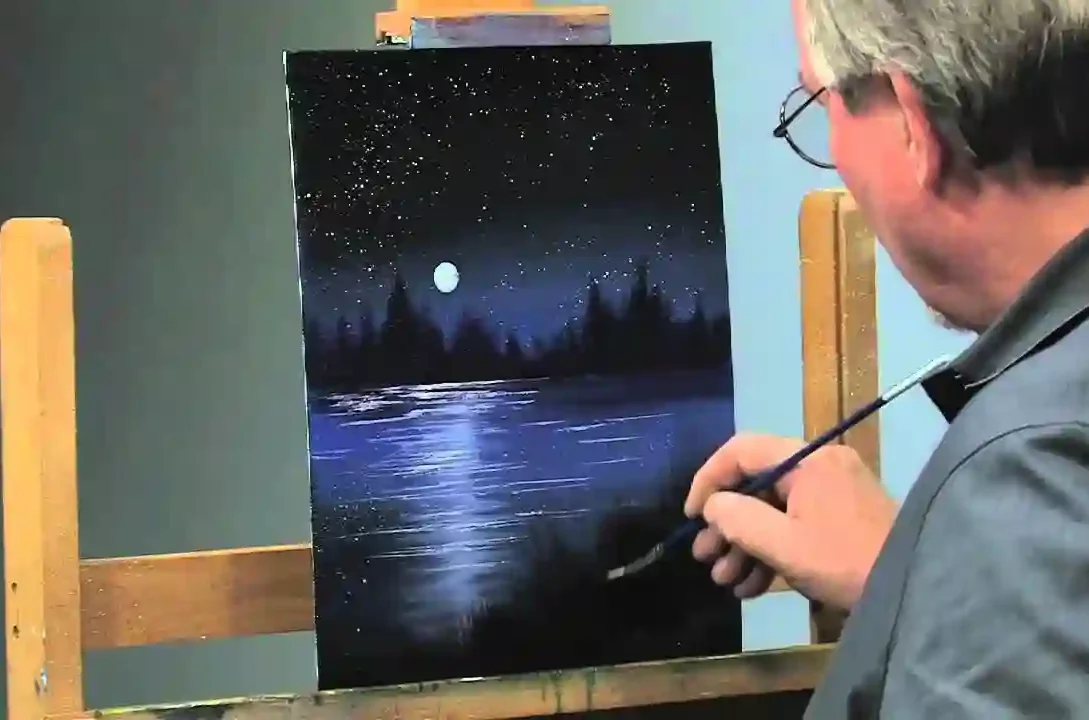Light is the lifeblood of visual art, and oil painting is no exception. The mastery of light and its effects on your canvas can transform your oil paintings from ordinary to extraordinary. In this article, we will delve into the art of capturing light in oil painting, exploring techniques, tips, and tricks to create luminous and breathtaking artworks.
1. Understand the Role of Light:
Before you can capture light in your oil paintings, it’s essential to understand its role. Light is not just the source of illumination; it sets the mood, defines form, and influences color. Observe the interplay of light and shadow in the world around you to inform your art.
2. Choose the Right Lighting Conditions:
The quality and direction of light significantly impact your subject. Experiment with various lighting conditions, such as natural sunlight, soft diffused light, or dramatic spotlighting, to find the one that best suits your vision for the artwork.
3. Plan Your Composition:
Consider how light will interact with your composition. Decide where the light source will be, the angle of illumination, and how shadows will fall. A well-planned composition sets the stage for capturing light effectively.
4. Use the Right Colors:
Understanding color temperature is crucial for capturing light. Warm colors (reds, yellows) advance and feel illuminated, while cool colors (blues, purples) recede and convey shadow. Use this knowledge to create depth and warmth in your paintings.
5. Master Value Control:
Value refers to the lightness or darkness of a color. Accurate value control is essential for creating realistic light and shadow. Pay close attention to the values of objects in your composition, ensuring they correspond to the lighting conditions.
6. Create Luminosity with Layers:
Oil painting allows you to build luminosity through layers. Start with an underpainting, establish your values, and then add translucent glazes to enhance the illusion of light. Glazing with thin layers of color can create a radiant and ethereal effect.
7. Pay Attention to Edges:
Edges in your oil painting play a crucial role in conveying light. Soft edges suggest gradual transitions, while crisp edges create sharp contrasts. Use both soft and hard edges strategically to capture the subtleties of light.
8. Work with Impasto:
Impasto is a technique where thick layers of paint are applied with palette knives or brushes. Use impasto to add texture and three-dimensionality to your artwork. The thick paint catches and reflects light, creating a tactile and luminous effect.
9. Experiment with Reflective Surfaces:
Incorporate reflective surfaces into your compositions to capture the interplay of light and reflection. Objects like glass, water, and polished metal provide opportunities to showcase your mastery of light and its effects.
10. Study the Masters:
Studying the works of master painters who excelled in capturing light, such as Johannes Vermeer, Rembrandt, and John Singer Sargent, can provide valuable insights and inspiration for your own artistic journey.
11. Practice and Patience:
Capturing light in oil painting is a skill that develops with practice and patience. Don’t be discouraged by initial challenges; instead, view them as opportunities for growth. Continuously hone your ability to see and translate the effects of light onto your canvas.
Conclusion:
The art of capturing light in oil painting is a journey of observation, experimentation, and skill development. By understanding the role of light, planning your composition, mastering color temperature, value control, and edge work, and experimenting with techniques like impasto and glazing, you can create luminous and breathtaking oil paintings that capture the essence of light itself. Remember that capturing light is not just about technical mastery but also about conveying emotion and atmosphere in your artwork. So, embrace the challenge, immerse yourself in the world of light, and let your oil paintings shine with luminosity and brilliance.














